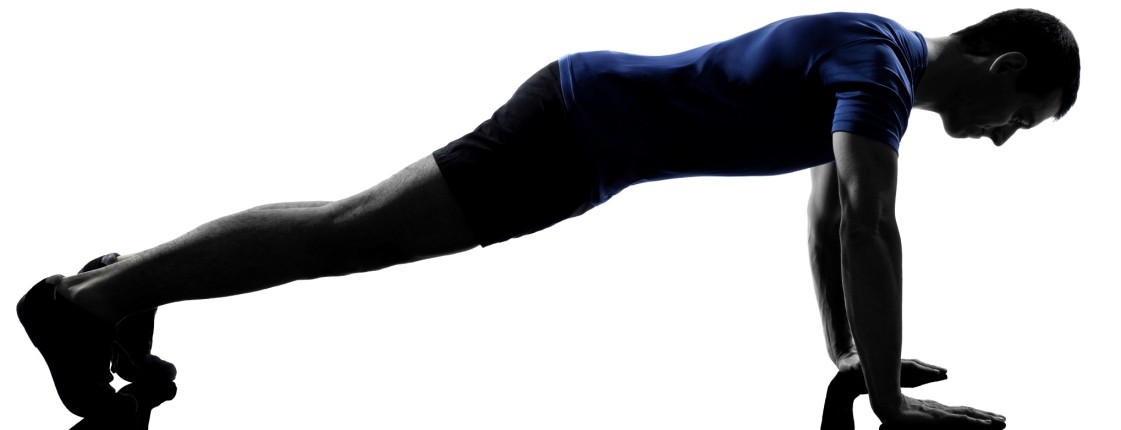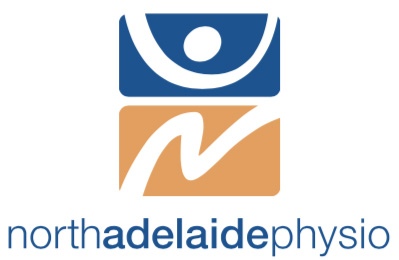Frequently Asked Questions
North Adelaide Physiotherapy
Not sure if you should see a physio? You’re not alone! Every week we’re asked all sorts of questions about when to book, what’s covered, and how physio can help different types of pain. We’ve put together these quick answers to help you understand what we do at North Adelaide Physiotherapy and how we can help you feel your best again.

Should I go to a physio for back pain?
Yes. At North Adelaide Physiotherapy, we help Adelaide locals pinpoint the cause of back pain—posture, strain, or disc irritation—then treat it with hands-on therapy, movement retraining, and a personal exercise plan to prevent flare-ups.
Should I see a doctor or physiotherapist for knee pain?
For non-emergency knee pain, a physio is often the best first stop. We assess joint mechanics, begin treatment immediately, and if scans or a GP review are needed, we’ll coordinate that for you.
Should I see a physio for knee pain?
Absolutely. Whether from sport, arthritis, or overuse, physiotherapy reduces pain and swelling, restores strength and control, and gets you back to daily life sooner.
Can physio help with neck pain?
Yes. Neck pain is commonly linked to desk posture and muscle tension. We use manual therapy, mobility work, and tailored exercises to relieve pain and improve posture habits.
Can a physio help with sciatica?
Definitely. We identify whether your symptoms come from nerve irritation, disc issues, or tight muscles and prescribe targeted treatment to settle pain and restore normal movement.
Should I see a physiotherapist for lower back pain?
Yes. We’re first-contact practitioners in Australia—you don’t need a referral. We’ll assess your back, explain the drivers of pain, and start a safe, effective plan straight away.
Will physiotherapy help lower back pain?
Yes. Evidence supports physio for back pain. We combine hands-on treatment, movement restoration, and strengthening to reduce pain now and prevent recurrences.
Do I need a referral to see a physio in Adelaide?
No referral needed. Book directly with North Adelaide Physiotherapy. If you have private health extras, you may claim a rebate on eligible services.
Is physiotherapy covered by Medicare?
Sometimes. With a GP-issued Chronic Disease Management (CDM) plan, Medicare may subsidise up to five sessions per calendar year. We can help with the claiming process.
How many physio sessions will I need?
It depends on your condition and goals. Many feel better within 1–3 sessions; persistent or complex issues may need a structured program. We’ll outline an expected timeline at your first visit.
What should I wear to my appointment?
Comfortable, easy-to-move clothing—shorts for knee/hip, a singlet or T-shirt for shoulder/neck. Bring your runners if we’re assessing walking or running.
Can a physiotherapist order X-rays or scans?
Yes. When clinically indicated, we can refer for basic imaging (e.g., X-ray, ultrasound) and will liaise with your GP about results and next steps.
What’s the difference between a physio and a chiropractor?
Physios focus on assessment, active rehabilitation, and exercise-based recovery (with manual therapy when helpful). Chiropractors primarily use spinal adjustments. Many patients prefer physio for long-term, active results.
Can physiotherapy help with sports injuries?
Absolutely. From ankle sprains to shoulder strains, we treat pain, restore strength and balance, and guide a safe return to sport—with clear milestones.
Can physio help arthritis pain?
Yes. We reduce stiffness, build joint support, and optimise movement so daily tasks feel easier. We’ll tailor pacing and strengthening to your stage of arthritis.
Can I see a physio after surgery?
Yes—and it’s recommended. Post-op rehab manages swelling, restores range, and rebuilds strength safely. We coordinate with your surgeon’s protocol.
How soon should I see a physio after an injury?
As soon as practical. Early assessment prevents secondary issues and speeds healing. We’ll advise on load management, taping, and safe exercises from day one.
Can physiotherapy help with headaches or migraines?
Often, yes—especially when linked to neck tension or posture. Manual therapy and corrective exercises can reduce frequency and intensity.
What’s the difference between remedial massage and physiotherapy?
Remedial massage targets muscle tension and relaxation. Physiotherapy adds diagnosis, movement retraining, and progressive exercise—addressing the root cause. We may blend both when appropriate.
Why choose North Adelaide Physiotherapy rather than “wait and see”?
Pain rarely resolves for good without addressing why it started. Seeing our Adelaide physios early means faster relief, fewer setbacks, and a plan to keep you active.

